There's been a lot of talk this week about the Safe Schools program.

It's been called "propaganda" by Liberal senator Cory Bernardi and a "terrible program" by Labor's Joe Bullock.
Bullock today hit out at the program, telling The Australian it is too narrowly focused on gay issues, and that an anti-bullying program aimed at every student would suffice.
Here are just a few facts about what it's like to grow up as an LGBT person in Australia.
1. A young LGBT person is more likely than anyone else in Australia to attempt suicide or self-harm.
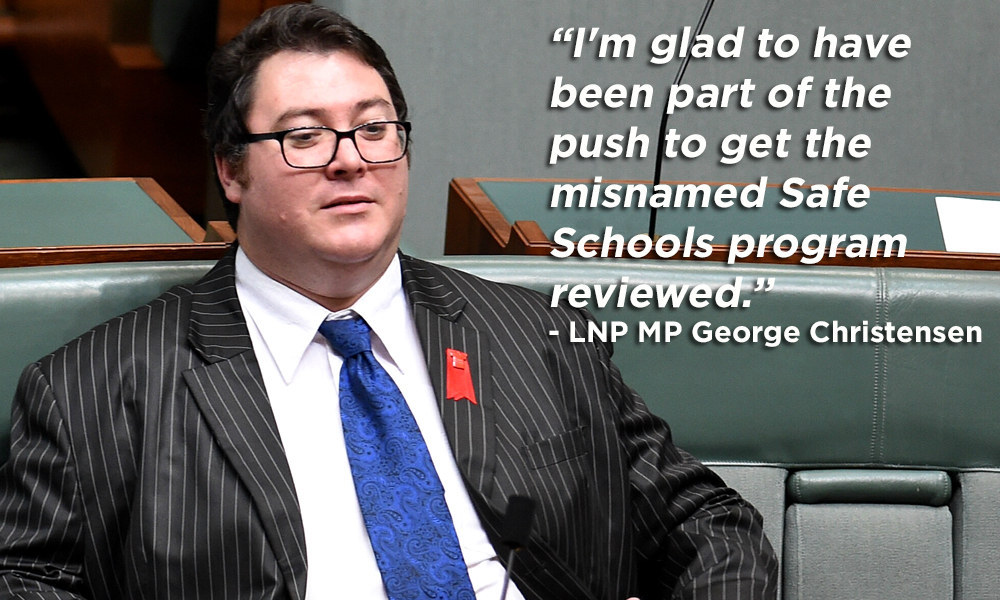
A recent study of young LGBT people found that 41% had thought about self-harm and/or suicide; 33% had harmed themselves; and 16% had attempted suicide. LGBT people of any age group have the highest rates of suicidality of any population in Australia.
20% of trans Australians and 15.7% of lesbian, gay and bisexual Australians report having suicidal thoughts, BeyondBlue found.
Same-sex attracted Australians have up to 14 times higher rates of suicide attempts than their heterosexual peers. For same-sex attracted people under 30, the rate is six times higher.
2. Bullying, homophobia and transphobia is having a significant, negative impact on young LGBT people.
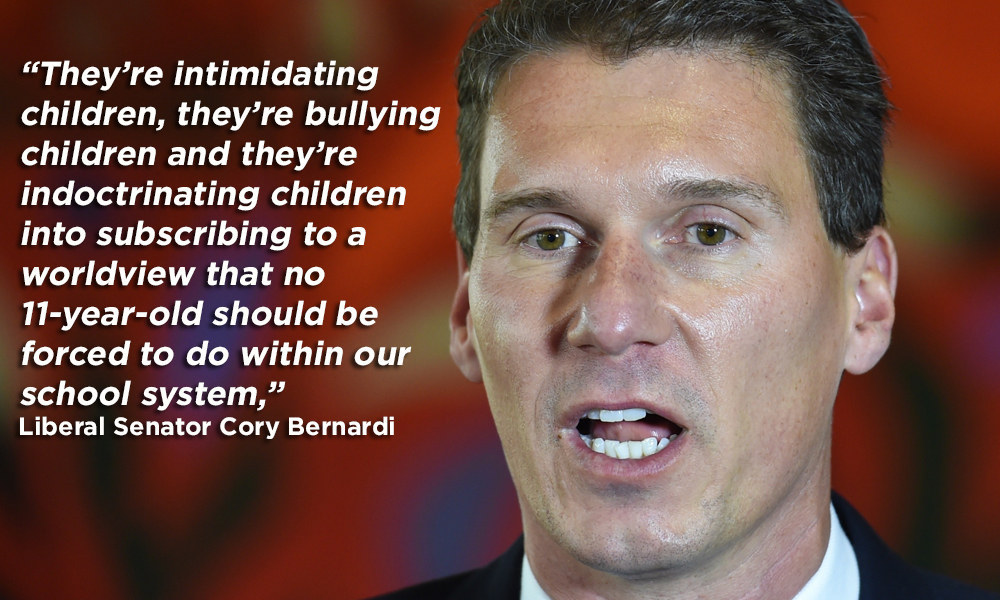
Up to 80% of young LGBT people have experienced homophobic or transphobic bullying and violence, BeyondBlue found. 80% of this bullying occurs at school.
The same study found 64% had been verbally abused, 18% physically abused, and 32% experienced other types of homophobia and transphobia.
Schools are the most common site of bullying for LGBT kids. It's most likely to come from their peers, but some students also experience bullying from teachers.
Significantly, when bullying or homophobia is reported to school teachers or managers, it is often not acted upon.
3. It's still incredibly hard to come out.

It's common for young people to hide their sexuality from family, friends, peers and community. Although acceptance is growing, many young LGBT people leave home at 18 after coming out to their family.
This often forces them into government housing, where many have negative experiences in dealing with government services and human welfare agencies, often citing a lack of recognition and respect.
"[LGBT young people] typically experienced multiple placements, often changing annually, some of which were satisfactory and many of which were not, each resulting in changing schools with significant interruptions to their education, resulting for some in uncompleted schooling," the report found.
At school, coming out can mean becoming a target of bullying from students and teachers. LGBT young people say sports classes are the worst. Participants reported they were asked by PDHPE teachers to change their clothes in isolation from their peers.
Students were often relegated to sports traditionally associated with their sex [netball for girls and football for boys], even if this did not interest the students or align with sporting preferences based on their chosen gender identities.
4. Sex education for LGBT teens sucks.
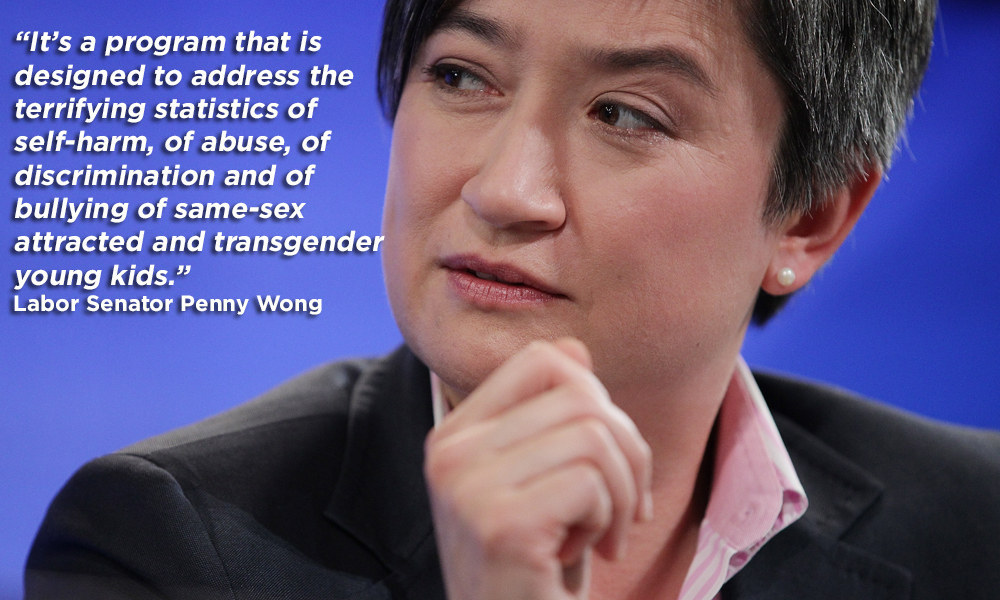
LGBT students say sex education often focuses on a heteronormative view of society and only on reproductive sex. They also said sex education did not focus enough on sexual health, an issue that disproportionately effects the LGBT community.
Participants in the study were regularly told that gay sex would lead to AIDS. One participant recalled receiving a booklet on safe sex that was about gay men only, cementing an association between ‘gay’ and ‘disease’ and HIV, AIDS and STIs.
This is one issue the Safe Schools program is designed to address.
5. Homophobia is still prevalent in the workplace.
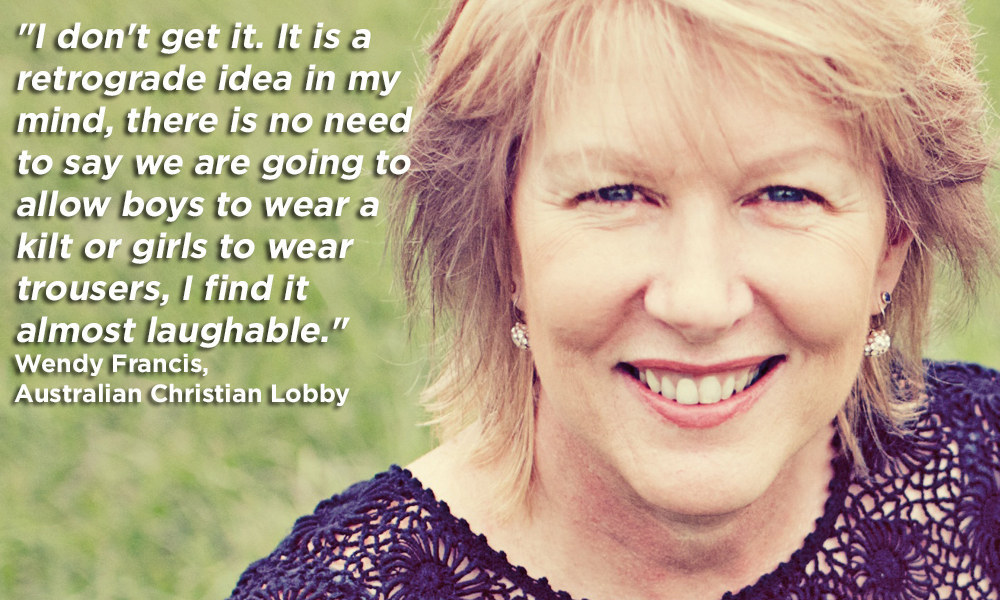
Particularly so for transgender people, who say it's incredibly difficult to find work. Often, a young person applying for a job will be forced to use their birth name (called a "deadname"), even if that name does not correspond with their gender identity.
6. The mental health of young LGBT people is in a state of crisis.
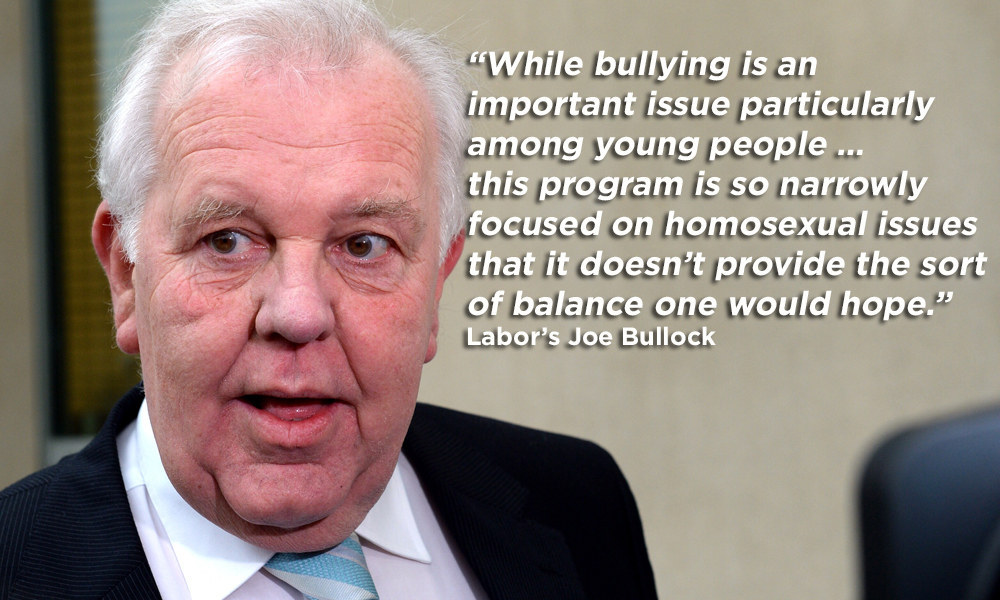
The mental health of LGBT people of all ages is among the poorest in the country, but as the age groups get lower, the levels of psychological distress rise.
According to BeyondBlue, "lesbian, gay and bisexual Australians are twice as likely to have a high/very high level of psychological distress as their
heterosexual peers."
"This makes them particularly vulnerable to mental health problems. The younger
the age group, the starker the differences: 55% of LGBT women aged between 16 and 24 [have high levels of psychological distress] compared with 18% in the nation as a whole and 40% of LGBT men aged 16-24 compared with 7%.
Elevated risks of mental health issues or suicidality are not due to sexuality, sex or gender identity themselves, but because of the discrimination and exclusion so often experienced by young LGBT people.
To learn more about depression, check out the resources at BeyondBlue Australia or ReachOut. If you are dealing with thoughts of suicide, you can speak to someone immediately at Lifeline Australia on 13 11 14.
Information for this story comes from two studies: Growing Up Queer by Western Sydney University and BeyondBlue's LGBTI People Mental Health and Suicide, as well as information from the National LGBTI Health Alliance.
